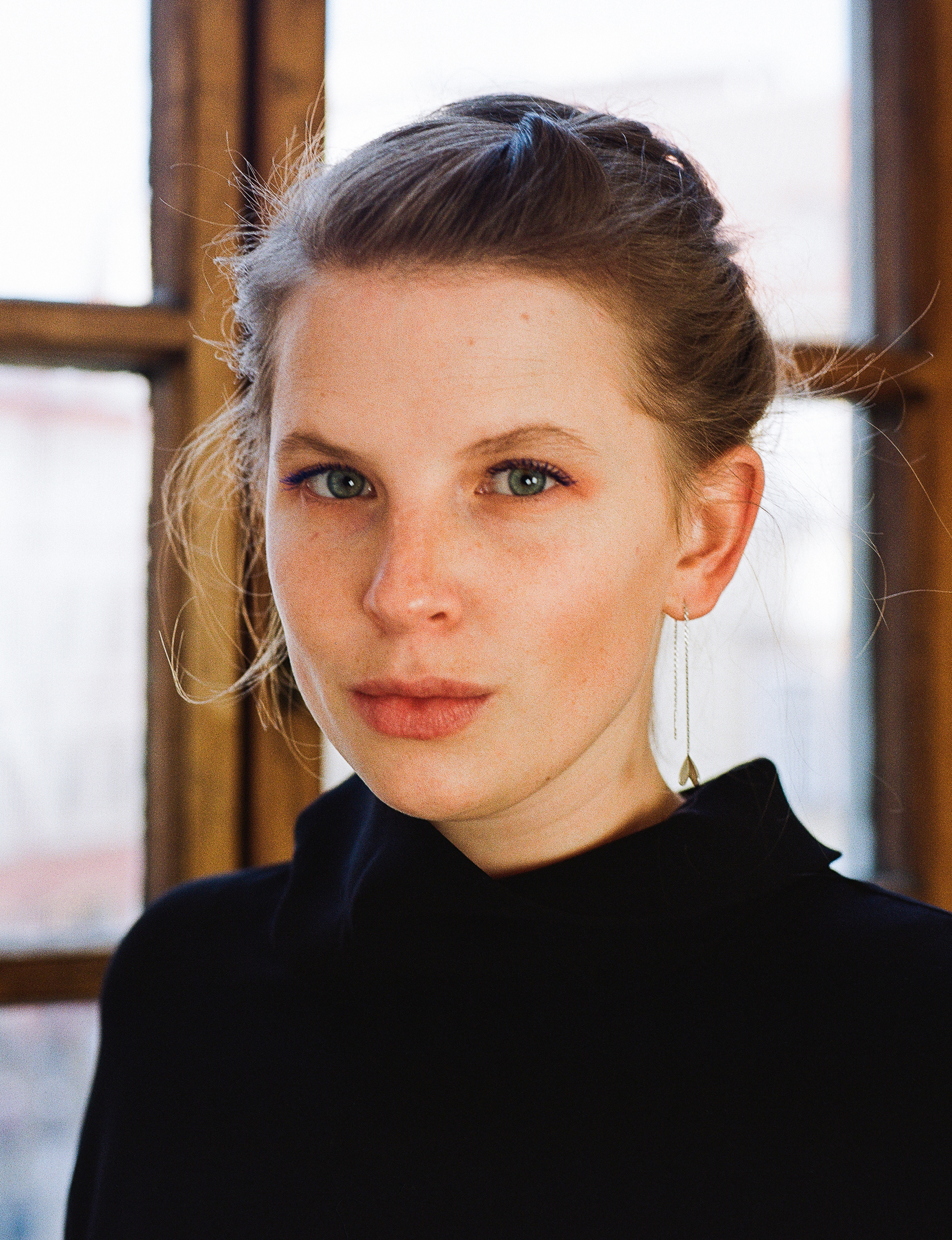We talk to Ondřej Horák and Kristýna Kočová from Kreativní Praha (Creative Prague), an office that supports the conceptual development of culture and creative industries in the metropolis under the auspices of the Prague City Hall, about the possibilities for the development of cultural and creative industries at EU level.
Kreativní Praha is also closely linked to the international network of creative centres, the European Creative Business Network, and thanks to this, experts from many sectors of the creative industries will gather in Prague in autumn 2022 for the ECIS conference, the main theses of which are articulated in the interview.
A recording of the conference, whose main themes were the future, green transition and sustainability in the arts, can be found on Creative Prague’s YouTube channel here under ECIS DAY 1 – 2, we summarise the highlights for you in the podcast.
ECIS DAY 1: Caroline Norbury (Can CCIs have solutions to society’s most challenging problems?)
“Culture plays a strategic role in shaping the environment we live in and is a strategic investment in modern society,” said Caroline Norbury, Chief Executive of Creative UK, an organisation that actively lobbies for the entire UK creative sector.
“We know from Creative UK’s data, for example, that culture is good for people’s health, contributes to a more cohesive and democratic society, and we know that people who attend concerts and exhibitions, for example, respect each other more, tend not to radicalise each other and instead sharpen the edges of society,” Kristýna Kočová added.
“The potential of the visual arts, but also of culture as a whole, is enormous, and now is the time when the whole of society will benefit from it,” explains Ondřej Horák.
ECIS DAY 1: Johanna Leissner (Strengthening cultural heritage resilience for climate change)
Johanna Leissner, Chair of the European group Cultural Heritage Resilience for Climate Change, spoke about the protection of monuments and public space in relation to climate change and the threats associated with the environmental crisis.
Using the brutalist building of the New Stage of the National Theatre as an example, we present what threatens modern architecture. “During cumulative environmental, economic, refugee and other crises, the priorities of politicians and companies go elsewhere and the budget for the reconstruction of cultural monuments is significantly reduced,” explains Kočová. The building is thus primarily threatened by the financial crisis and the subsequent inability to adequately care for and preserve these monuments for future generations.
ECIS DAY 1: Kirsten Dunlop (Role of CCIs in social transformation in the context of climate change)
Kirsten Dunlop – CEO of the European Institute of Innovation and Technology’s KICK – Climate-KIC programme – spoke at the conference about the cultural and creative industries as a solution to society’s most pressing problems.
We ask what pathways and instruments of change for the cultural sector in relation to the green deal have they set out?
One of the ways is to educate the public, but also the insiders of the art community. Ondřej Horák adds that, “We must not forget the people outside the centres. We need to explain why we need to constantly educate ourselves in life, and why culture is one of the best sources of inspiration. In the West, they already know this, they’re just working on distributing the opportunities fairly.”
“It must be beautiful,” says Kirsten Dunlop of how the creative industries can take society through a green transition.
“This applies mainly to the big European programme (which is called the soul of the green deal),” explains Kočová. The new Bauhaus, comes with the motto beautiful – sustainable and together. Beautiful here is understood in the broadest and most democratic view of things, aesthetic of course, because people need to embrace it so they have to be comfortable with it. In addition to the New Bauhaus initiative, he recommends following the European Institute of Innovation and Technology, the Czech National Recovery Plan, or joining the ECNB network.
“The change is that both society and corporates are becoming more aware of the need to look to the creative industries for inspiration, thanks to new technologies. The field is huge and it’s a whole new way of looking at the arts. It is unimaginable for us, but it is a development and a vision of the developed world for several years ahead,” concludes Ondřej Horák in response to the question of where contemporary art is expanding in the 21st century.

